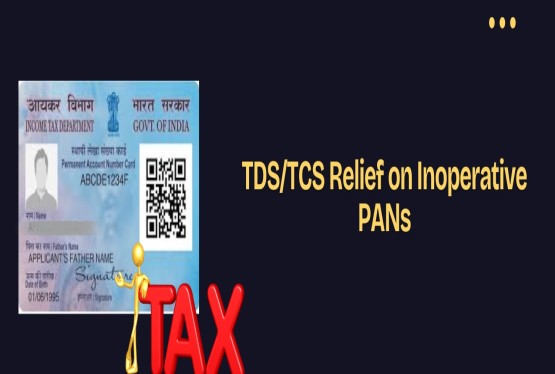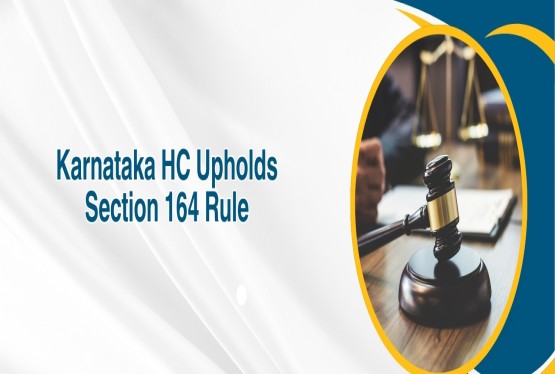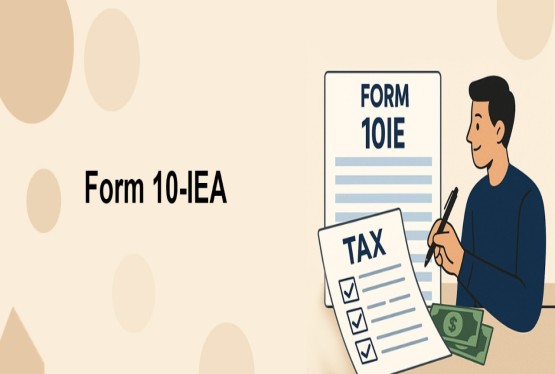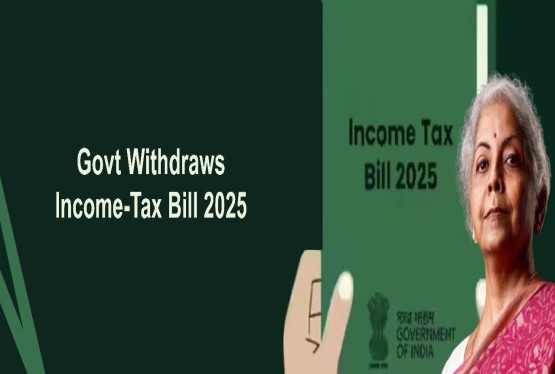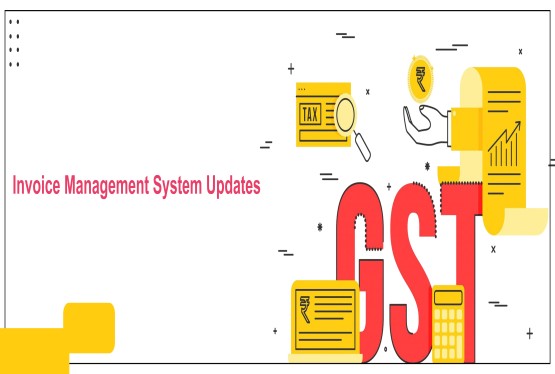Form GSTR-7 Filing is a monthly return that must be filed by taxpayers who are required to deduct tax deducted at source (TDS) under the GST regime. It is a crucial compliance measure for entities such as government departments and agencies that are mandated to deduct TDS while making payments to suppliers. The return facilitates transparency, ensures timely deposit of deducted tax, and allows suppliers to claim credit. Filing GSTR-7 on the GST portal is essential to maintain records and compliance under the GST law.
What is GSTR-7?
GSTR-7 is a return form that needs to be filed by tax deductors under the Goods and Services Tax (GST) law. It captures information regarding the TDS deducted, payable TDS liability, TDS already paid, TDS refunds claimed (if any), and related information. This form is designed to keep track of the TDS mechanism and ensure that the amount deducted is reported and credited accurately to the suppliers. GSTR-7 is not applicable to every registered taxpayer, but only those who are specifically required to deduct TDS under GST.
Who is Required to File GSTR-7?
Form GSTR-7 must be filed by entities that are obligated to deduct TDS under the GST provisions. This includes:
-
Departments or establishments of the Central or State Government
-
Local authorities
-
Government agencies
-
Entities notified by the Central or State Government upon GST Council recommendations
-
Public Sector Undertakings (PSUs)
-
Societies formed and registered by the Central or State Government
These deductors must deduct TDS at the rate of 2% (1% CGST + 1% SGST for intra-state and 2% IGST for inter-state transactions) if the payment to the supplier exceeds Rs. 2.5 lakh under a contract. However, TDS is not to be deducted if the place of supply and the supplier's location is different from the recipient’s state of registration.
Features of GSTR-7 Form
The GSTR-7 form is built to record every transaction involving TDS deductions. Some key features include:
-
GSTR-7 is mandatory for only those who are notified as TDS deductors.
-
It captures all TDS deducted and deposited with the government.
-
The form reflects the TDS certificate details for the deductee (GSTR-7A).
-
GSTR-7 helps suppliers claim input credit of TDS deducted.
-
The information in GSTR-7 auto-populates in the supplier's GSTR-2A.
-
The form must be filed monthly by the 10th of the next month.
-
It is to be filed in INR and requires the complete discharge of previous liabilities.
Who are Required to Deduct TDS Under GST?
As per Section 51 of the CGST Act, 2017, the following are required to deduct TDS:
-
Departments or establishments of Central or State Government
-
Local authorities
-
Government agencies
-
Persons notified by the government upon the GST Council’s advice
-
Authorities or bodies set up by Parliament or State Legislature where government holds 51% or more equity
-
Societies registered under the Societies Registration Act, 1860 by the government
-
Public sector undertakings
TDS is applicable only if the total value of taxable supply under a contract exceeds Rs. 2.5 lakhs.
Due Date of Filing GSTR-7
The due date for filing GSTR-7 is the 10th of the following month in which the deduction is made. Timely filing is necessary to avoid penalties and interest. Some recent examples of due dates:
-
April 2025: 10th May 2025
-
May 2025: 10th June 2025
-
June 2025: 10th July 2025
If TDS is deducted in July, the return for July must be filed by 10th August.
Pre-conditions for Filing GSTR-7
To file Form GSTR-7, certain conditions must be fulfilled:
-
The entity must be registered as a TDS deductor with a valid GSTIN.
-
The deductor should have a valid username and password for the GST Portal.
-
A valid and non-expired Digital Signature Certificate (DSC) is required for filing if applicable.
-
All dues from previous returns must be cleared before filing.
-
The deducted TDS amount should be deposited into the government account.
Importance of GSTR-7
The GSTR-7 form holds great importance in GST compliance for the following reasons:
-
It provides a complete record of all TDS deducted and paid by the deductor.
-
It allows suppliers to claim credit for the TDS deducted, which they can use to offset their output tax liabilities.
-
The details filled in GSTR-7 auto-populate in the GSTR-2A of the deductee, helping in transparency.
-
The form also facilitates the generation of the TDS certificate GSTR-7A.
-
It ensures compliance with statutory provisions, reducing the risk of penalties.
Details to be Provided in GSTR-7
Form GSTR-7 has 8 sections. Here’s what each section entails:
-
GSTIN of the Deductor: This is auto-populated based on the GST portal login.
-
Legal Name of the Deductor: Auto-populated with trade name, if available.
-
Details of TDS: Here, the deductor enters the GSTIN of the deductee, the amount paid, and the TDS amount bifurcated into CGST, SGST, or IGST.
-
Amendments to Earlier TDS Details: If any error was made in earlier returns, the deductor can correct it in this section, which will also revise the GSTR-7A.
-
TDS Paid: This section requires details of how much TDS has been paid and under which tax head.
-
Interest and Late Fees: If there is a delay in filing or payment, the interest (18% p.a.) and applicable late fees (Rs. 200 per day) must be recorded here.
-
Refund Claimed from Cash Ledger: If any refund is claimed from the electronic cash ledger, bank account details and refund amount must be entered.
-
Debit Entries in Electronic Cash Ledger: Once the TDS and interest payments are made, this section auto-fills the corresponding debit entries.
Documents Required for Form GSTR-7 Filing
To file GSTR-7, you will need the following documents:
-
GSTIN of the deductor
-
List of suppliers and GSTIN of each deductee
-
Details of invoices on which TDS has been deducted
-
Amount paid and TDS calculated
-
Bank account details (if claiming refund)
-
Digital Signature Certificate (DSC) or EVC (Electronic Verification Code)
Procedure to File TDS Return on GST Portal (GSTR-7)
-
Log In: Visit the GST portal (www.gst.gov.in) and log in with your credentials.
-
Go to GSTR-7: Go to Services > Returns > Returns Dashboard. Select the financial year and return filing period, then choose GSTR-7.
-
Fill in Details:
-
Provide details of TDS deducted, including GSTIN of deductees, invoice details, amount paid, and tax deducted.
-
Make amendments, if any, for previous months.
-
Pay Tax: Confirm the TDS payable and pay it using the electronic cash ledger.
-
Preview & Submit: Verify all the filled details carefully. Click on 'Preview' to check the draft return.
-
File Return: Submit the return using DSC or EVC.
-
Download GSTR-7A Certificate: Once the return is filed, the GSTR-7A certificate is auto-generated and can be downloaded for providing to the deductee.
Penalty for Not Filing GSTR-7 on Time
Failing to file GSTR-7 within the due date results in the following penalties:
-
Late fee of Rs. 100 per day under CGST and Rs. 100 under SGST, totalling Rs. 200 per day.
-
Maximum late fee capped at Rs. 5,000.
-
Interest at 18% per annum on the delayed amount, calculated from the due date till the actual date of payment.
These penalties highlight the importance of timely compliance.
Revision of GSTR-7
GSTR-7 once filed cannot be revised. If any errors are discovered, the deductor must make corrections in the return for the subsequent tax period. For example, if a mistake is identified in the GSTR-7 for September, corrections must be made in the October return or later.
Latest Update on GSTR-7 Format
The government has updated the format of GSTR-7 to include invoice/document-wise details of tax deducted. Now deductors must report:
-
GSTIN of the deductee
-
Invoice number and date
-
Taxable value
-
Amount paid
-
Tax deducted under CGST, SGST, or IGST
This ensures better tracking, reconciliation, and credit availability for the deductee.
Conclusion
Form GSTR-7 Filing is an important compliance requirement for entities deducting TDS under GST. Accurate and timely filing of this form ensures transparency, enables deductees to claim input credit, and helps avoid penalties. As the process involves various details and requires proper documentation, seeking professional assistance can ease the filing burden. At Compliance Calendar LLP, our team is equipped to help you file TDS Return on GST Portal efficiently and error-free.
Need Help Filing GSTR-7? Let Compliance Calendar LLP make the process easy for you. From preparing documents to submitting the return, our experts ensure compliance at every step. Book a consultation now!
Email: info@ccoffice.in
Call/Whatsapp: +91 9988424211
FAQs
Q1. Who is required to file Form GSTR-7?
Ans. Form GSTR-7 must be filed by entities such as government departments, local authorities, and public sector undertakings that are required to deduct TDS under GST. These entities must file this return monthly on the GST portal to report TDS deductions.
Q2. What is the due date for filing GSTR-7?
Ans. The due date for filing Form GSTR-7 is the 10th day of the month following the month in which TDS was deducted. For instance, if TDS is deducted in April, the return should be filed by May 10th.
Q3. Can GSTR-7 be revised once filed?
Ans. No, GSTR-7 cannot be revised once it is filed. If any error is made, it must be corrected in the return for the subsequent tax period.
Q4. What happens if GSTR-7 is not filed on time?
Ans. A late fee of Rs. 200 per day (Rs. 100 under CGST and Rs. 100 under SGST) will be levied, subject to a maximum of Rs. 5,000. Interest at 18% per annum will also apply on the outstanding TDS amount.
Q5. What is GSTR-7A?
Ans. GSTR-7A is the TDS certificate generated after the filing of Form GSTR-7. It contains details of TDS deducted and paid and is available to the deductee on the GST portal.
Q6. What details are required in GSTR-7?
Ans. The form requires GSTIN, details of deductees, amount paid, TDS deducted, amendments (if any), TDS paid, interest or late fees, refunds claimed, and debit entries from the electronic cash ledger.
Q7. How can Compliance Calendar LLP help with GSTR-7?
Ans. Compliance Calendar LLP provides end-to-end support for GSTR-7 filing. From document preparation to return submission, our experts ensure accurate and timely filing to avoid penalties and ensure smooth GST compliance.








_crop10_thumb.jpg)




































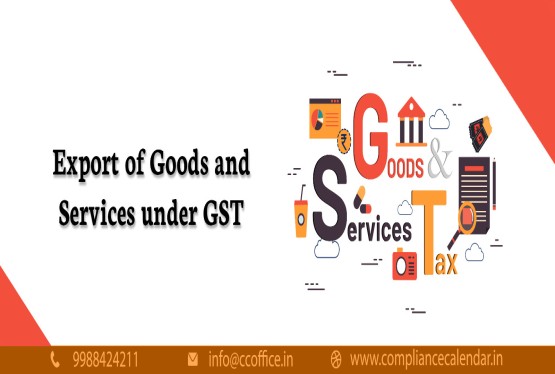













































_for_FY_2025-26_crop10_thumb.jpg)



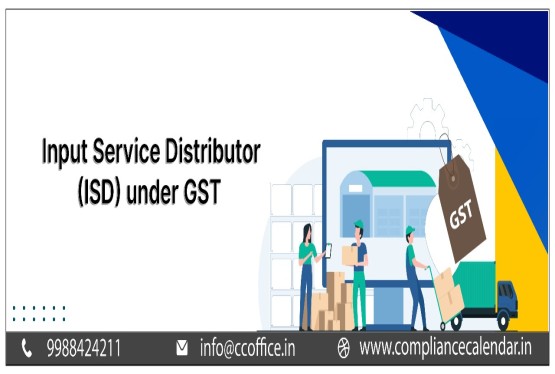








_learn_crop10_thumb.jpg)








_Filing_Due_Dates_for_FY_2024-25_learn_crop10_thumb.jpeg)
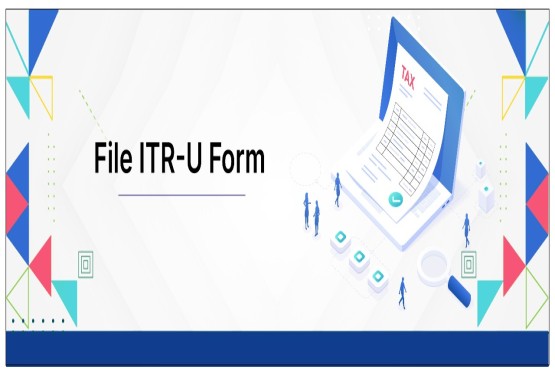
























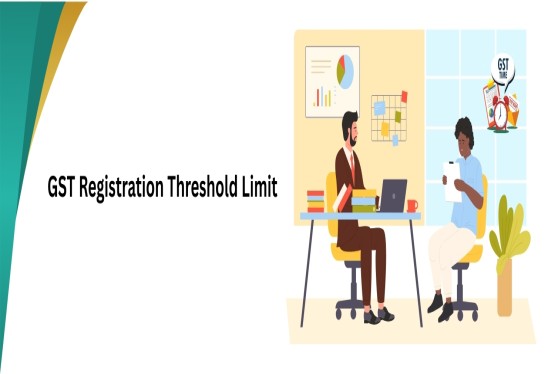
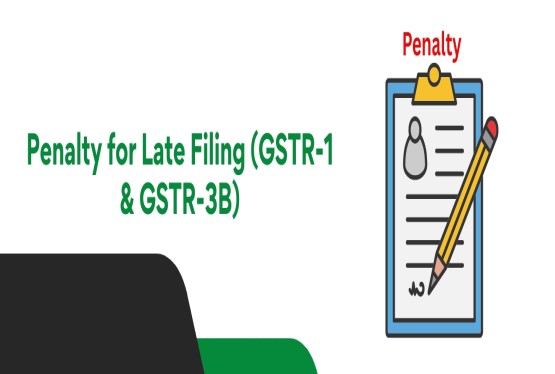












_of_GST_Act_learn_crop10_thumb.jpg)









_Under_GST_learn_crop10_thumb.jpg)









_crop10_thumb.jpg)


_crop10_thumb.jpg)






_learn_crop10_thumb.jpg)






















_of_the_Income_Tax_Act_learn_crop10_thumb.jpg)



_learn_crop10_thumb.jpg)






_learn_crop10_thumb.jpg)






_crop10_thumb.jpg)




















_in_The_Income_Tax_Act,_1961_learn_crop10_thumb.jpg)



_learn_crop10_thumb.jpg)



_of_the_Income_Tax_Act_learn_crop10_thumb.jpg)

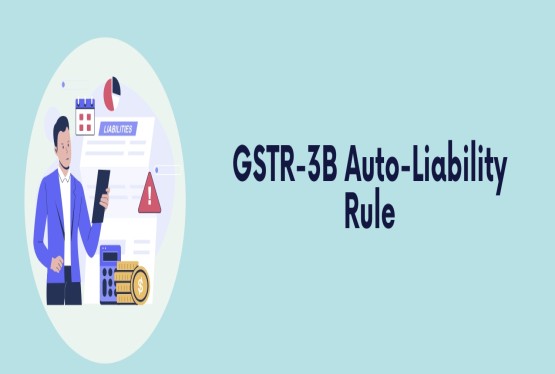
_Of_Income_Tax_Act_learn_crop10_thumb.jpg)








_learn_crop10_thumb.jpg)








_learn_crop10_thumb.jpg)
_crop10_thumb.jpg)

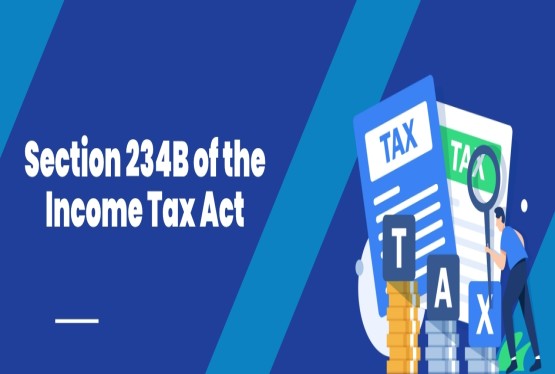




















_learn_crop10_thumb.jpg)
_for_Import_and_Export_learn_crop10_thumb.jpg)











